
activity
IN A TIGHT SPOT
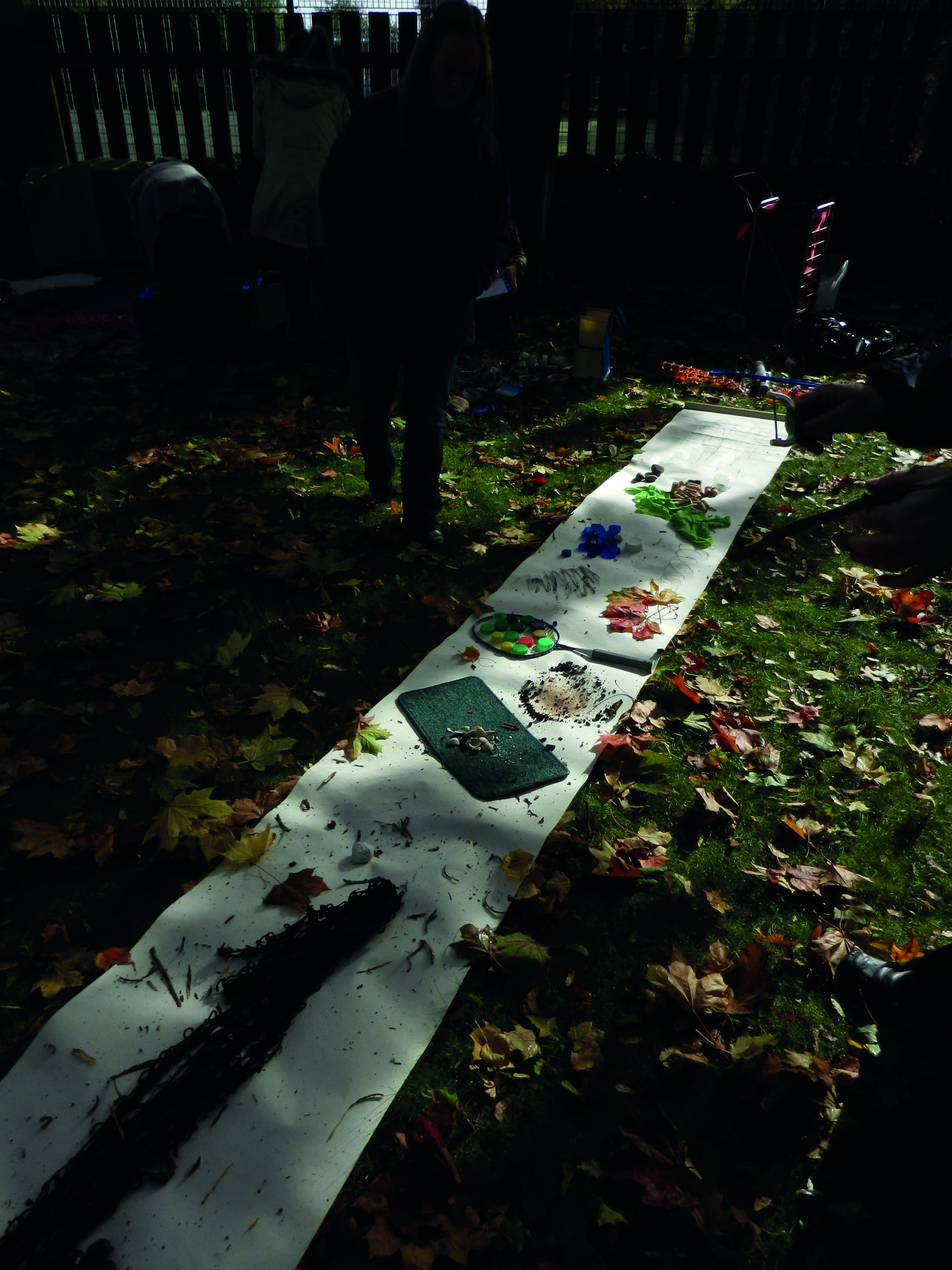 Giant outdoor art can be tricky in small spaces, so use your walls and any vertical posts or fences to suspend temporary canvases. Giant screens and oversized painting materials also encourage your artists to be physically active in their creativity – no bad thing in cold weather. The reverse side of wallpaper or lining paper is traditionally popular for outdoor painting, but experiment with different and more testing surfaces – newspaper (absorbent and easily torn), cling film (needs very thick paint), corrugated cardboard (creates abstract marks when ‘splattered’), cotton sheets (good for marker pens), bubble wrap (a real challenge) – anything you can find really, that demands children think about how to create marks that will stay put.
Giant outdoor art can be tricky in small spaces, so use your walls and any vertical posts or fences to suspend temporary canvases. Giant screens and oversized painting materials also encourage your artists to be physically active in their creativity – no bad thing in cold weather. The reverse side of wallpaper or lining paper is traditionally popular for outdoor painting, but experiment with different and more testing surfaces – newspaper (absorbent and easily torn), cling film (needs very thick paint), corrugated cardboard (creates abstract marks when ‘splattered’), cotton sheets (good for marker pens), bubble wrap (a real challenge) – anything you can find really, that demands children think about how to create marks that will stay put.
Each medium accepts paint or other mark-making material in a unique way, so discuss the properties children might look for if they want to create drips, or clots, or spreading absorbent stains. Let them feel the materials in their fingers to help decide.
Another way to develop creative thinking in smaller outdoor spaces is to literally narrow down the canvas – draw a chalk line on the ground, looping and swirling around and circling features in the garden. Replace the chalk line with string in places that can't be drawn on. Next ask children to scavenge for interesting objects in the garden and place them along the line. You could set parameters such as ‘natural objects only’ or ‘red objects’, or ask children to place, for example, only circular items on the line. Many artists use lines in their work, or start with linear concepts – show children pieces by Kandinsky, Picasso, Van Gogh, etc.
natural learning
EVERGREENS
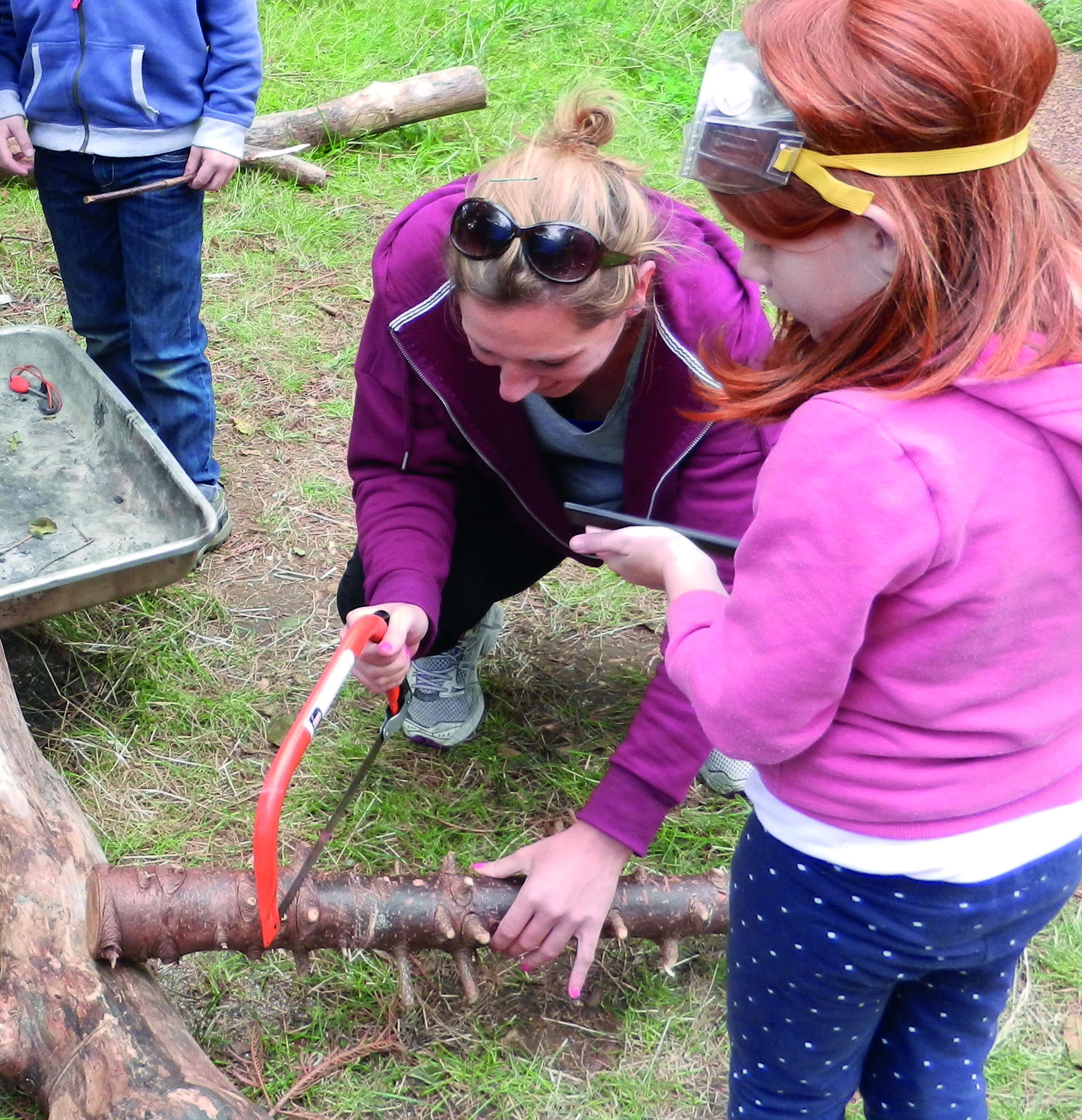 Trees and shrubs that don't lose their leaves in winter, evergreens, are the inspiration for numerous myths and legends – the Christmas tree is just one of them. Evergreens play a vital role in winter biodiversity, providing a reliable habitat for many living things, and are reliable for wintry craft projects.
Trees and shrubs that don't lose their leaves in winter, evergreens, are the inspiration for numerous myths and legends – the Christmas tree is just one of them. Evergreens play a vital role in winter biodiversity, providing a reliable habitat for many living things, and are reliable for wintry craft projects.
- To begin investigating evergreens, collect as many examples as you can. Try to spread out your clippings from several trees rather than just one, but gather a big bundle of boughs for children to sift through back at the setting. Collect plenty of cones, and if you can gather bark without damaging the tree, take some of that too. Holly is an evergreen and you may be fortunate enough to find specimens with berries on.
- Evergreens usually have regularly placed branches and are often symmetrical – they’re great for maths talk, so encourage children to peel away the leaves or needles to expose the branch patterns. They might also like to sort the evergreen boughs by leaf or needle, by leaf arrangement, by texture of the bark or even by smell – most evergreens are highly scented when freshly cut.
- If there are still a few deciduous leaves around, add those to the pile to encourage further comparisons.
- Arrange the boughs on the ground outdoors and provide children with black paper and white chalk to sketch what they see. Leafless deciduous trees are also superb subjects for monochrome ‘skeleton’ sketches.
- Not all evergreens live in northern climes – in fact the only continent with no evergreens is Antarctica. Rainforest and jungle trees are also evergreen, so compare the evergreens children can see and handle in your setting with ones they can view in books or on video. Notice how much broader the leaves are on tropical evergreens compared to northern European species.
- Don't chuck your Christmas tree away – keep it for outdoor play over the rest of the winter – and ask families if you can have theirs, too. Once the needles have dropped, children can explore the structure of the trees, and after that you can chop the branches off for fabulous kindling, slice up the trunk for tree cookies and then burn the rest on the campfire, or hire a chipper and create a massive mound of woodchips for playing with into the spring.
A note of caution – remind children not to taste any berries, cones, needles or the bark from evergreens. None of them taste nice and some of them will cause upset stomachs.
understanding the world
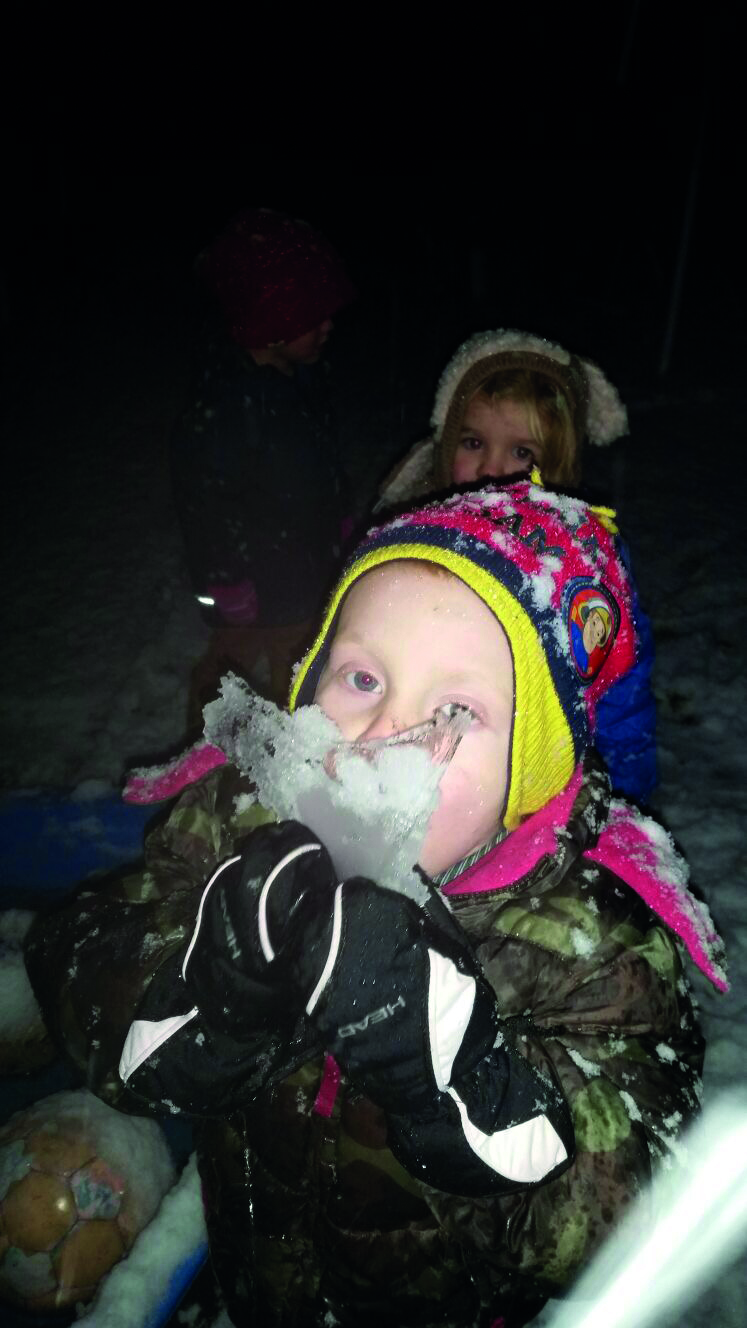 I’m a big fan of playing out after dark and have written about it for Nursery World quite a few times – search on the website to find out more. Exploring the world on a night hike is an important life skill, not least for children that find themselves frightened of the dark. In your own garden (or very local neighbourhood), children can learn to manage their fears by managing their bodies when navigating by sight isn't so simple. Choose a route though the garden, picking out children's favourite features, noting how many steps it takes to move between them, what the air smells like and anything else that's likely to help with navigation later. For younger or nervous children, you could mark the route with lengths of rope.
I’m a big fan of playing out after dark and have written about it for Nursery World quite a few times – search on the website to find out more. Exploring the world on a night hike is an important life skill, not least for children that find themselves frightened of the dark. In your own garden (or very local neighbourhood), children can learn to manage their fears by managing their bodies when navigating by sight isn't so simple. Choose a route though the garden, picking out children's favourite features, noting how many steps it takes to move between them, what the air smells like and anything else that's likely to help with navigation later. For younger or nervous children, you could mark the route with lengths of rope.
If possible, carry out the night hike without additional forms of light, but if children are truly worried, small flashlights or glowsticks will help build confidence. Observations and discussions during the walk might include:
- What colours can you see? Are they different to the colours of things during the daylight?
- Can children describe the smell of the garden in the dark? Is it different to daytime?
- Why is the air cooler in the dark than it is in the day?
- Where have the birds gone? Do some animals only come out at night? Which ones – and why?
- What shape is the moon? (if you can see it – the full moon is early in December and will be low in the sky towards the end of the month).
Once children are familiar with being outdoors after dark, encourage them to explore their favourite spaces and play with resources they use often during daylight hours. Darkness adds an extra dimension to children's physicality as they renegotiate spaces and objects. In particular, encourage balance and agility exercises on low-level equipment or structures.
active stories
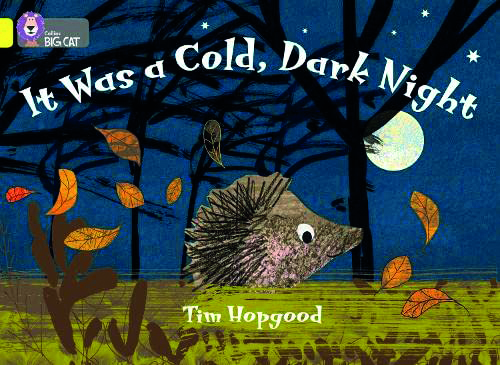 Tim Hopgood's story It Was a Cold, Dark Night tells the tale of a hedgehog looking for a winter hibernation spot. There are quite a few video re-tellings of it online, and it makes for a lovely exploratory walk outdoors as you and the children look for potential hedgehog homes. Check online for instructions to make a welcoming hedgehog habitat – they aren't difficult to do.
Tim Hopgood's story It Was a Cold, Dark Night tells the tale of a hedgehog looking for a winter hibernation spot. There are quite a few video re-tellings of it online, and it makes for a lovely exploratory walk outdoors as you and the children look for potential hedgehog homes. Check online for instructions to make a welcoming hedgehog habitat – they aren't difficult to do.
STEM
DECEMBER SPRINGBOARDS
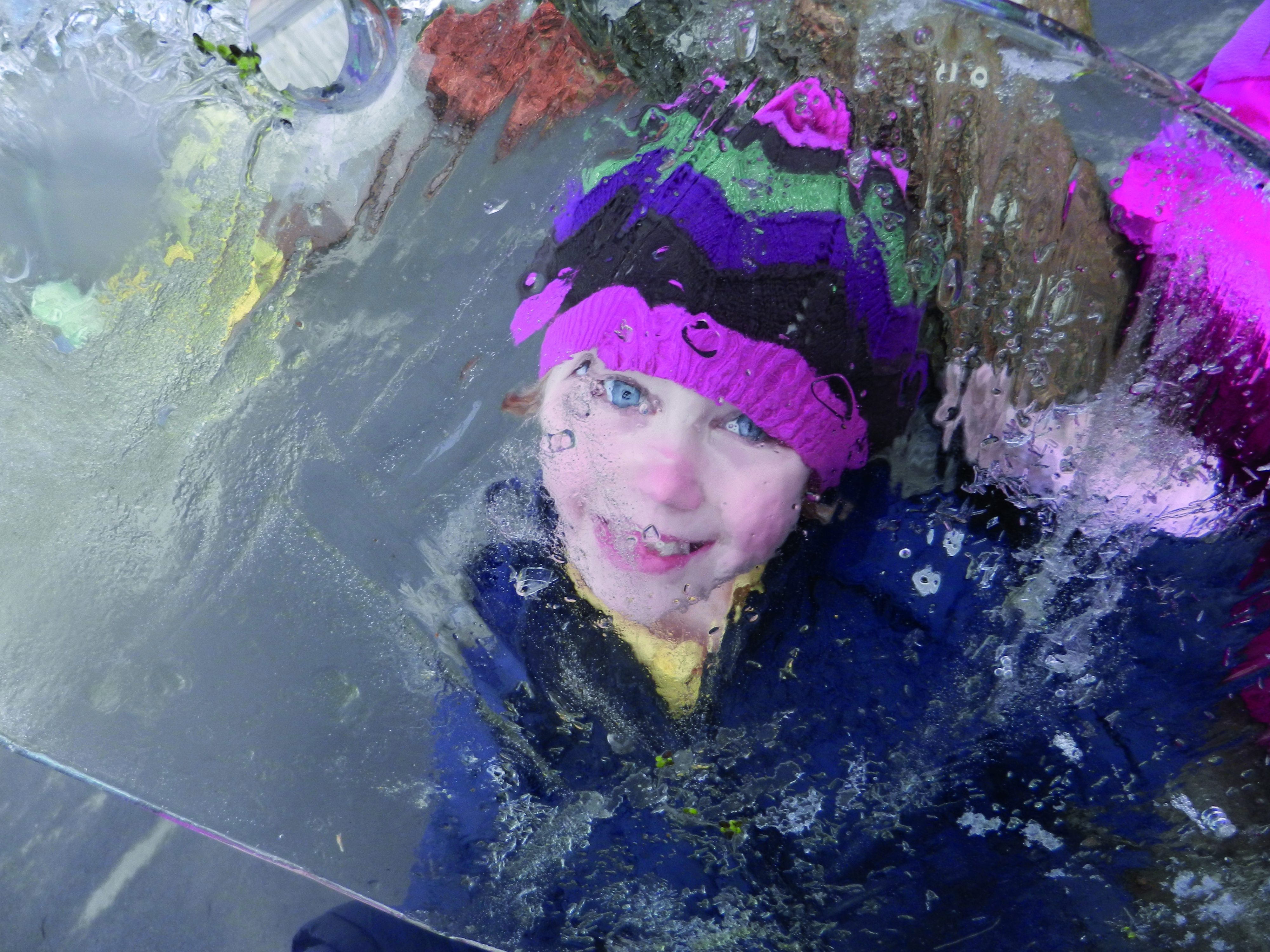 Explore ice and frost and changes in the state of water.
Explore ice and frost and changes in the state of water.- Icy suncatchers are a beautiful winter decoration, and easy to make. It's not always possible to anticipate overnight frosts, so set aside a small space where icy suncatchers can be left undisturbed until they freeze. Collect as many shallow dishes and vessels as you can. The wider the selection of vessels, the better. Fill each one with water and place one end of a length of string into the water – so you can hang it up once frozen.
- Curate a collection of natural objects, and place them in a freezer overnight; the next day, allow children to explore the objects, commenting on the changes they have observed, in particular changes in texture and temperature. Do some objects defrost more quickly than others? Why might that be? If it's going to be cold enough, repeat the activity outdoors using a tuff tray or large shallow dish, filled with water in place of a freezer.
- If you are able to have small fires in your setting, place a metal dish over the fire with ice ‘cubes’ in it to watch them melt. Try to offer a variety of sizes – so freeze water in a rubber glove, a plastic beaker, a bowl and so on so that each will melt at a different rate.
- If your freezer is large enough, make several enormous lumps of ice over a weekend – buckets, large ice cream tubs or 2l bottles work well. Leave them out for children to examine.
- On an afternoon when you expect a hard overnight frost, suspend nets and lace outdoors and spray them with water; in the morning they will have frosted over, a little like spider webs.
- On a really cold day, bubbles will freeze and children will be delighted watching them burst – or more accurately, shatter.
planning ahead
- It's going to be a while before the days lengthen, so if you can afford to, buy a few sets of solar-powered outdoor fairy lights in the January sales and put them up in your trees and bushes to give the garden a little sparkle in dusky evenings or overcast days – top tip: you can ‘fool’ your solar lights into coming on during the afternoon by covering over the solar panel once it has had some recharging daylight.
- My outdoor advent calendar has a suggestion for an outdoor learning activity each day during December – find it at www.plloutdoors.org.uk/advent









